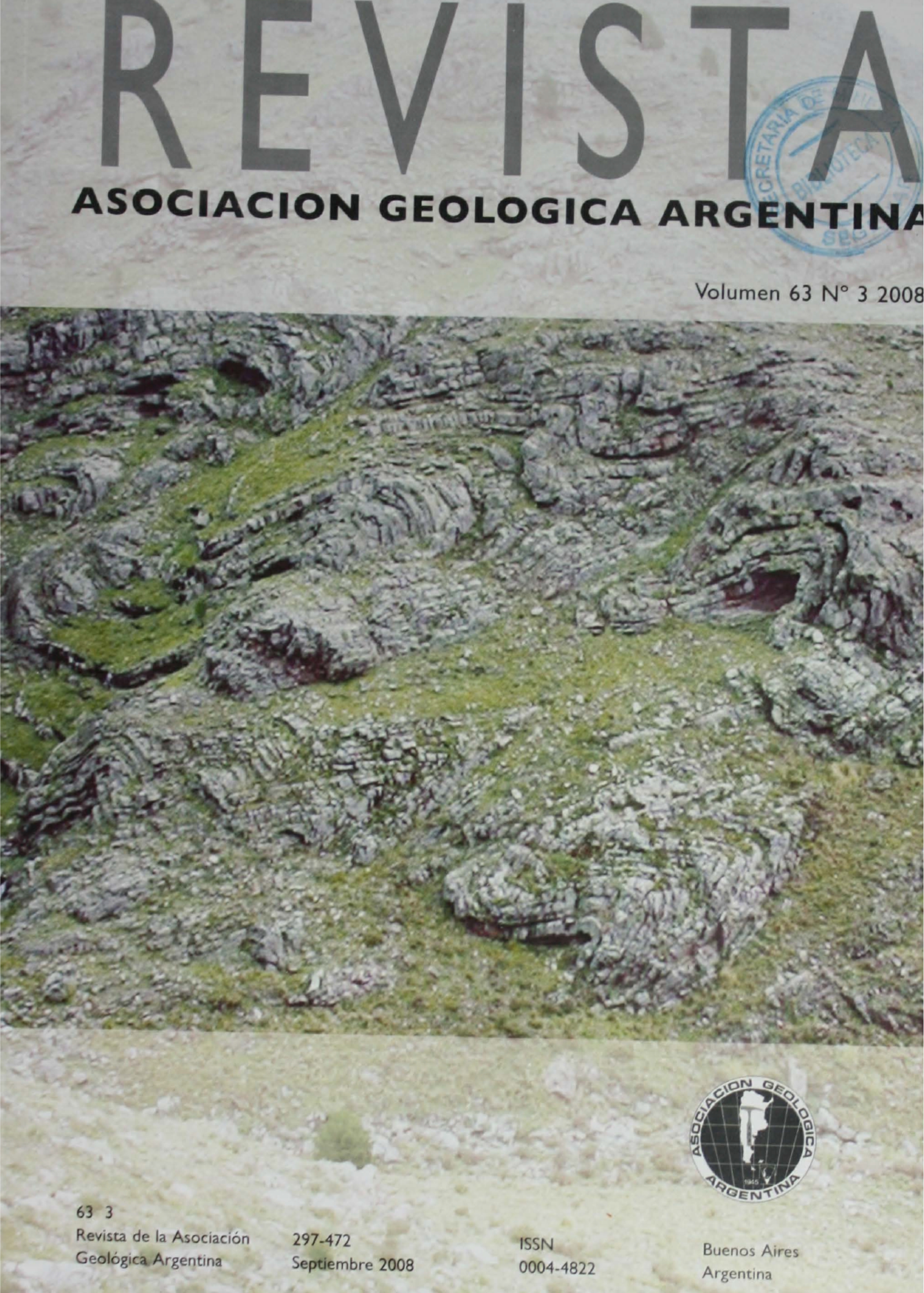Analysis and age of the calcareous section of Las Chilcas Formation (Chile) and its implications for correlation with Argentine units
Main Article Content
Abstract
The calcareous beds of Las Chilcas Formation outcrop along the eastern flank of the Coastal Range and in the central valley of Chile. Different paleogeographic reconstructions have related this unit to the Late Cretaceous Algarrobo and Quiriquina Formations as part of the Maastrichtian marine ingression from the Pacific or alternatively with the Atlantic ingression. It has also been compared with calcareous rocks located a few kilometers east of the Piúquenes Pass, known in Argentina as Saldeño Formation. Paleoenvironmental and paleontological analyses carried out in Las Chilcas Formation showed that it was developed in a tidal carbonatic system during the Early Cretaceous. These results definitively desvinculate the sediments from Las Chilcas Formation from the Quiriquina Formation or other Maastrichtian deposits from the Atlantic and Pacific ingressions. Based on the present data, it is ruled out a seaway between the Pacific and the Atlantic oceans at the 33°30´ south latitude during the Late Cretaceous. These new data clearly indicate that a tectonic uplift of the Andes separates both ingressions during the Late Cretaceous at these latitudes.
Article Details

This work is licensed under a Creative Commons Attribution-NonCommercial 4.0 International License.
Nota de copyright
Los autores conservan los derechos de autor y garantizan a la revista el derecho de ser la primera publicación del trabajo licenciado según una licencia de atribución Creative Commons que permite a otros compartir el trabajo con el reconocimiento de la autoría y de la publicación en la que se publicó por primera vez.
Declaración de privacidad
Los nombres y direcciones de correo electrónico introducidos en esta revista se usarán exclusivamente para los fines declarados por esta revista y no estarán disponibles para ningún otro propósito u otra persona.

